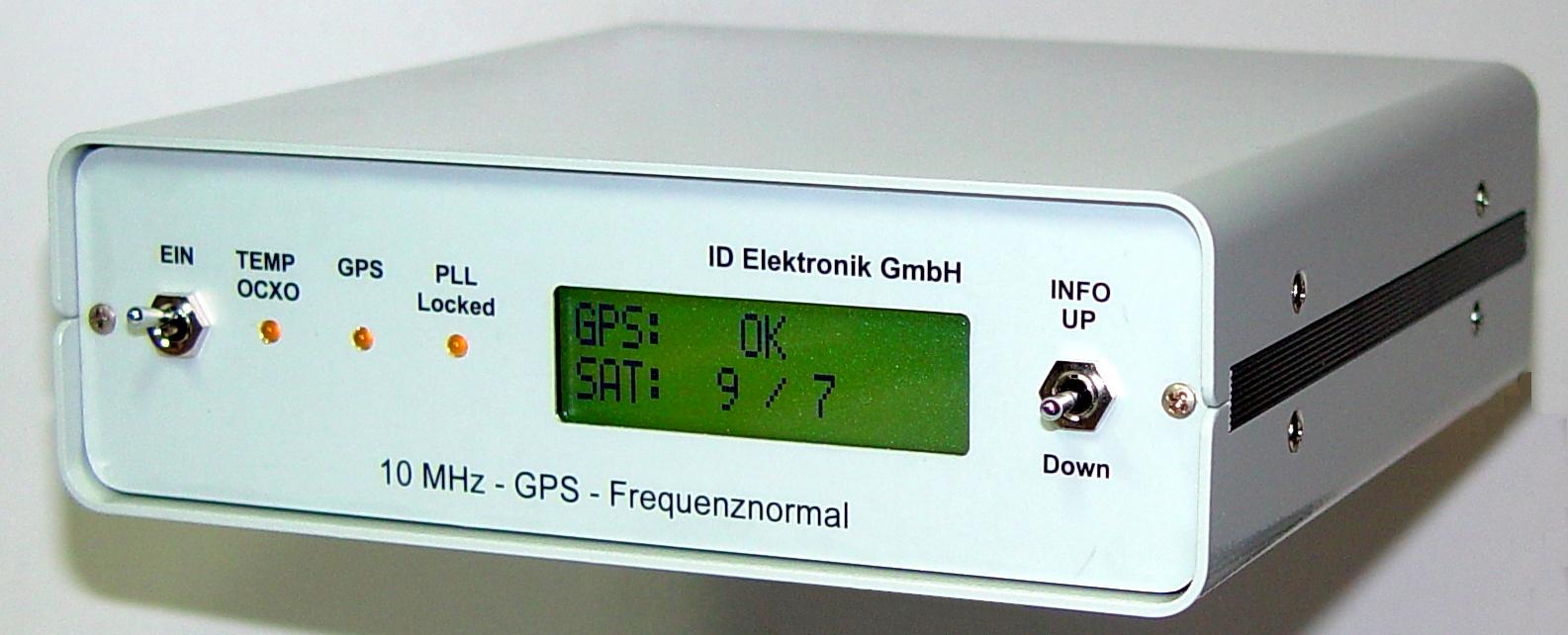GPS-Stabilized 10 MHz Oscillator

Due to the always increasing accuracy requirements, a GPS frequency standard was developed based on inexpensive components, which meet these requirements.
Many users are familiar with the HP Z3801 and his double-heated oven oscillator which can be found in the Surplus. This equipment should always be running, but requires a constant power of 30 - 40 W at 50 V supply voltage!
Therefore, attempts were made in a new development to reach the accuracy specifications for the HP-Z3801 and to simultaneously undercut the power consumption as far as possible.
The difficulty is to find a very good oscillator (OCXO) that meets the development requirements in all desired parameters which is available for a decent price on the market. That is why different oscillator types were tested, which all can be used depending on the market situation. The manufacturers of the used OCXO's we are using, are TeleQuarz, Isotemp and OFC (same as ISOTEMP 134), just to name a few.
The layout was specially designed for these mentioned types. They are OCXO's, which are very well insulated and do not have to be installed in styrofoam additionally.
For a GPS receiver a 16 channel receiver from the company U-Blox is used. The 1 kHz reference is connected via a very slow loop with the 10 MHz OCXO. Via the GPS receiver, the active external antenna is supplied with a supply voltage of 5V.
Caution: In case of short circuit in the antenna cable, the GPS module can be damaged.
LEDs on the front panel show the following states:
OCXO has reached its operating temperature
the GPS module provides accurate data
the PLL has locked.
Beside these LED status indicators, there is a display with 2 lines x 16 characters. This display can be switched in accordance with the "info button". Here are some examples:






